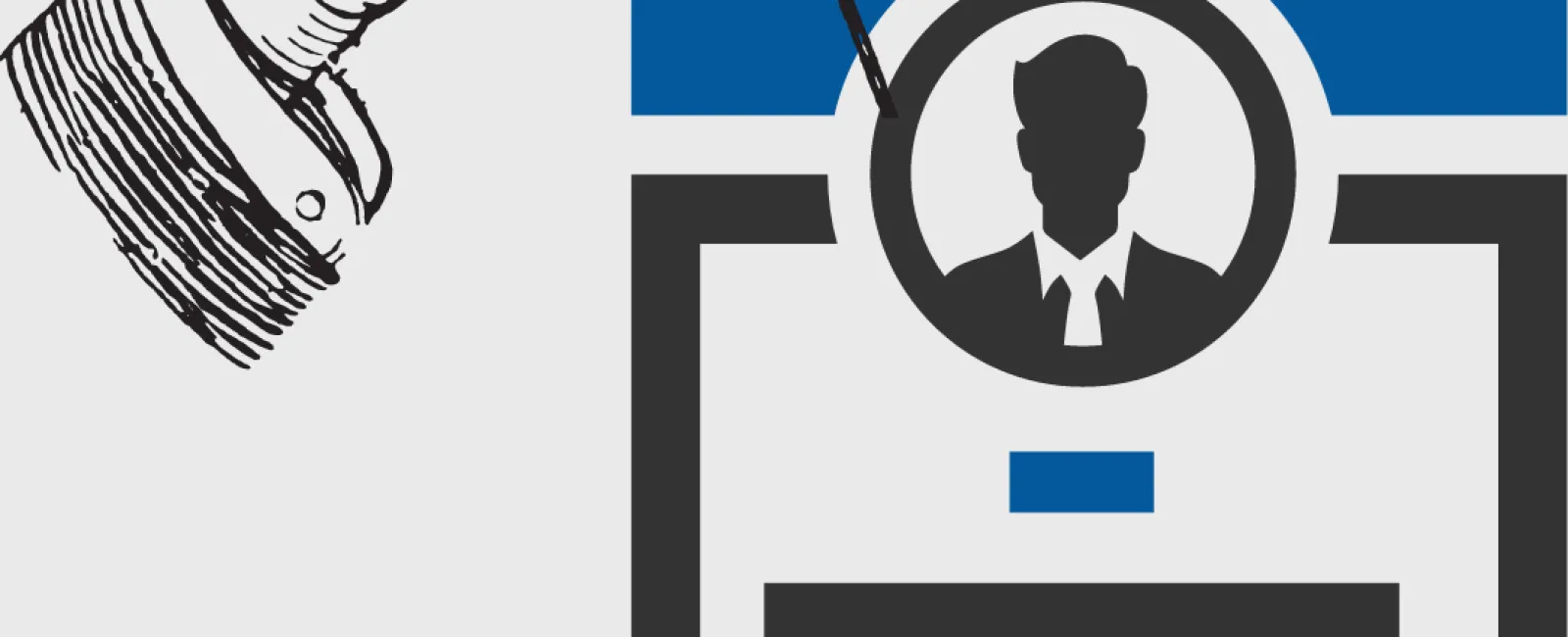A recent report from Check Point Research has unveiled a startling statistic: nearly half of all global phishing attacks involve impersonation of the Microsoft-owned business platform LinkedIn.
Scammers often exploit LinkedIn by targeting individuals who are seeking new job opportunities or career changes. While e-mails with subject lines like "You have 1 new invitation" or "Your profile has been viewed by 63 people" might appear legitimate, it's crucial to verify the sender's e-mail address to confirm its authenticity. These impersonators craft e-mails that closely mimic genuine LinkedIn communications, directing recipients to counterfeit LinkedIn pages designed to steal their information upon entry.
Another tactic employed by cybercriminals involves creating fake LinkedIn profiles to message users about job opportunities. Once they have your interest, they might request a small upfront payment to process your application (which you'll never recover) or provide a link to a form that is actually a disguised phishing link.
LinkedIn is aware of these issues and is actively working on developing advanced security features to protect its users. Here are three security measures it has already implemented:
- Suspicious Message Warnings - LinkedIn's technology can identify messages from individuals attempting to move conversations off the platform or those containing potentially inappropriate content, and will alert you with a warning notification.
- Profile Verification - This feature enables you to confirm the authenticity of your page. By providing an additional form of identification, you can obtain a verification badge on your profile. This badge assures viewers that you are indeed who you claim to be. It's a valuable tool, especially since scammers frequently target new victims and create pages that are swiftly taken down, often neglecting to keep their information current.
- Profile Information - This feature enables you to view detailed information about a person's profile, assisting you in deciding whether to respond to a message, accept a connection request, trust an offer, and more. To access this information, navigate to your profile, click on "More," and choose "About this profile" from the drop-down menu. You'll then be able to see details such as:
- When the profile was created
- When the profile was last updated.
- Whether the member has verified a phone number.
- Whether the member has a work e-mail associated with their account.
- AI-Generated Profile Picture Detection - Scammers are leveraging AI to create highly realistic profile pictures of non-existent individuals, which they then use to set up fraudulent profiles aimed at deceiving users. Alarmingly, LinkedIn's research revealed that most users cannot visually differentiate between genuine faces and these AI-generated ones. Consequently, LinkedIn collaborated with academic experts to develop and implement sophisticated detection tools. These tools enable LinkedIn to identify and remove AI-generated profile pictures and associated accounts before they can cause harm.
Do you rely on LinkedIn to search for jobs, hire employees, or attract clients? While it's an excellent tool for business networking, maintaining security is crucial. LinkedIn's built-in features offer some protection, but they are only the initial safeguard. If a member of your team were to fall for a phishing scam and click on a malicious link, would your internal security measures be robust enough to safeguard your network?
We can help you find out. We'll do a FREE consult to help you determine if your network is vulnerable to any type of attack. To book yours, call us at 337-547-2193




